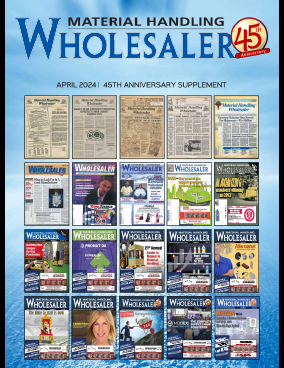Week-to-Week: Staffing employment up five points, New starts up 30 points
Staffing employment improved during the week of July 8–14, with the ASA Staffing Index increasing by 5.2% to reach a rounded value of 88. The Index the week before Independence Day the index was at a rounded value of 90. Staffing jobs were down 12.7% compared with the same week last year. Many staffing companies still listed the July 4th holiday as a barrier that prevented further growth.
New starts increased dramatically in the 28th week of the year, leaping by 30.0% from the prior week. Six in 10 staffing companies (60%) reported gains in new assignments week-to-week, well above the average of 42% per week so far this year.
The ASA Staffing Index four-week moving average decreased from the prior week. Still, it held a rounded value of 88, and temporary and contract staffing employment for the four weeks ending July 14 was 10.6% lower than in 2023.
 “A near-complete rebound in staffing employment after the July 4th dip affirms continued stabilization within the industry. In the short term, the index will likely coalesce around its previous annual average of 90 as staffing employment remains challenged by a tightening macroeconomic environment. In the long term, however, this value is likely a floor from which staffing employment can improve once these conditions ease,” said Noah Yosif, chief economist at ASA.
“A near-complete rebound in staffing employment after the July 4th dip affirms continued stabilization within the industry. In the short term, the index will likely coalesce around its previous annual average of 90 as staffing employment remains challenged by a tightening macroeconomic environment. In the long term, however, this value is likely a floor from which staffing employment can improve once these conditions ease,” said Noah Yosif, chief economist at ASA.
This week, containing the 14th day of the month, will be used in the July monthly employment situation report, which the U.S. Bureau of Labor Statistics will issue on August 2.
The ASA Staffing Index is reported nine days after each workweek, making it a near real-time measure of staffing employment trends. ASA Staffing Starts are the number of temporary and contract employees placed in new assignments during the reporting week. ASA research shows that staffing employment has historically been a coincident economic indicator.











